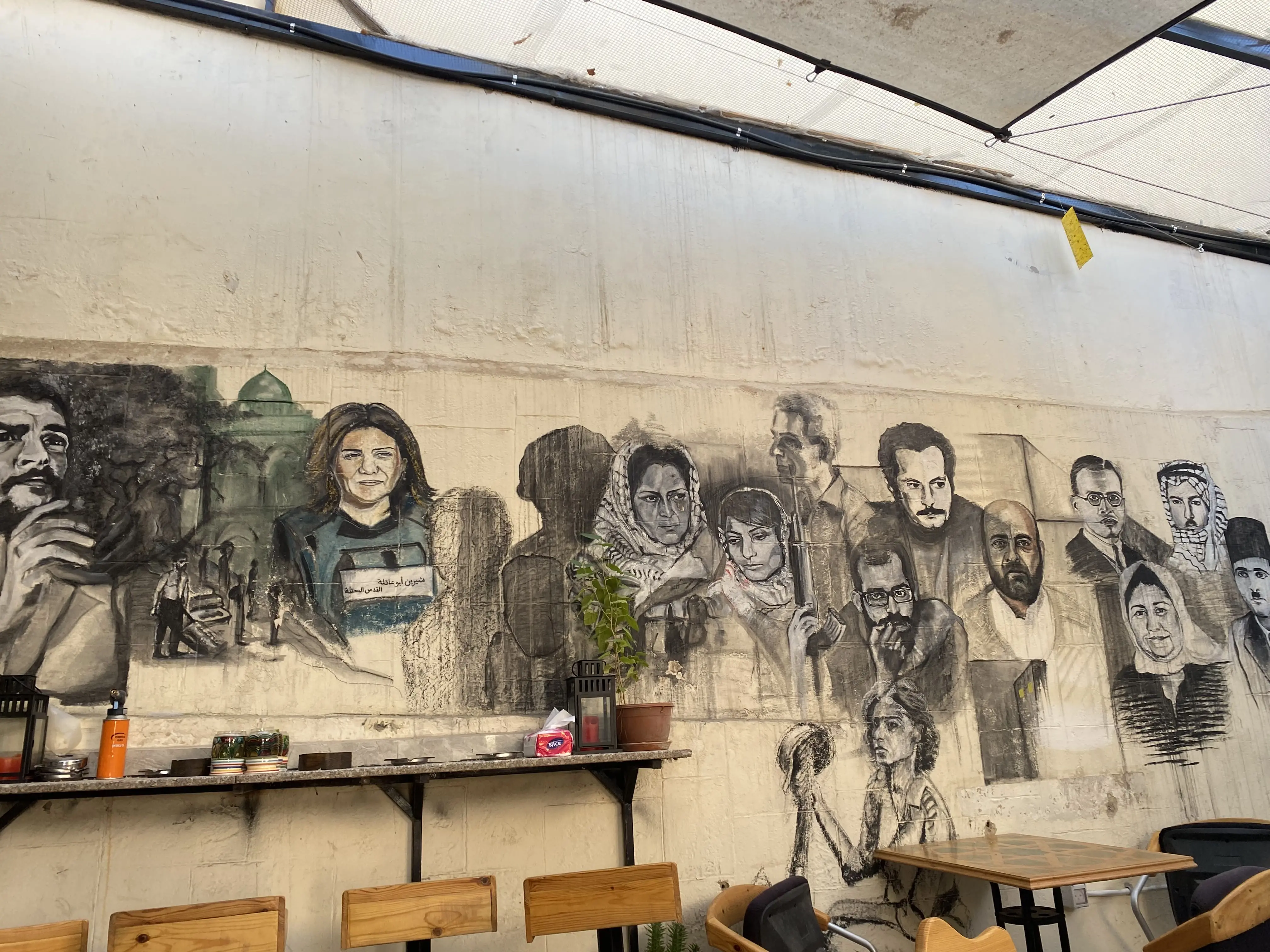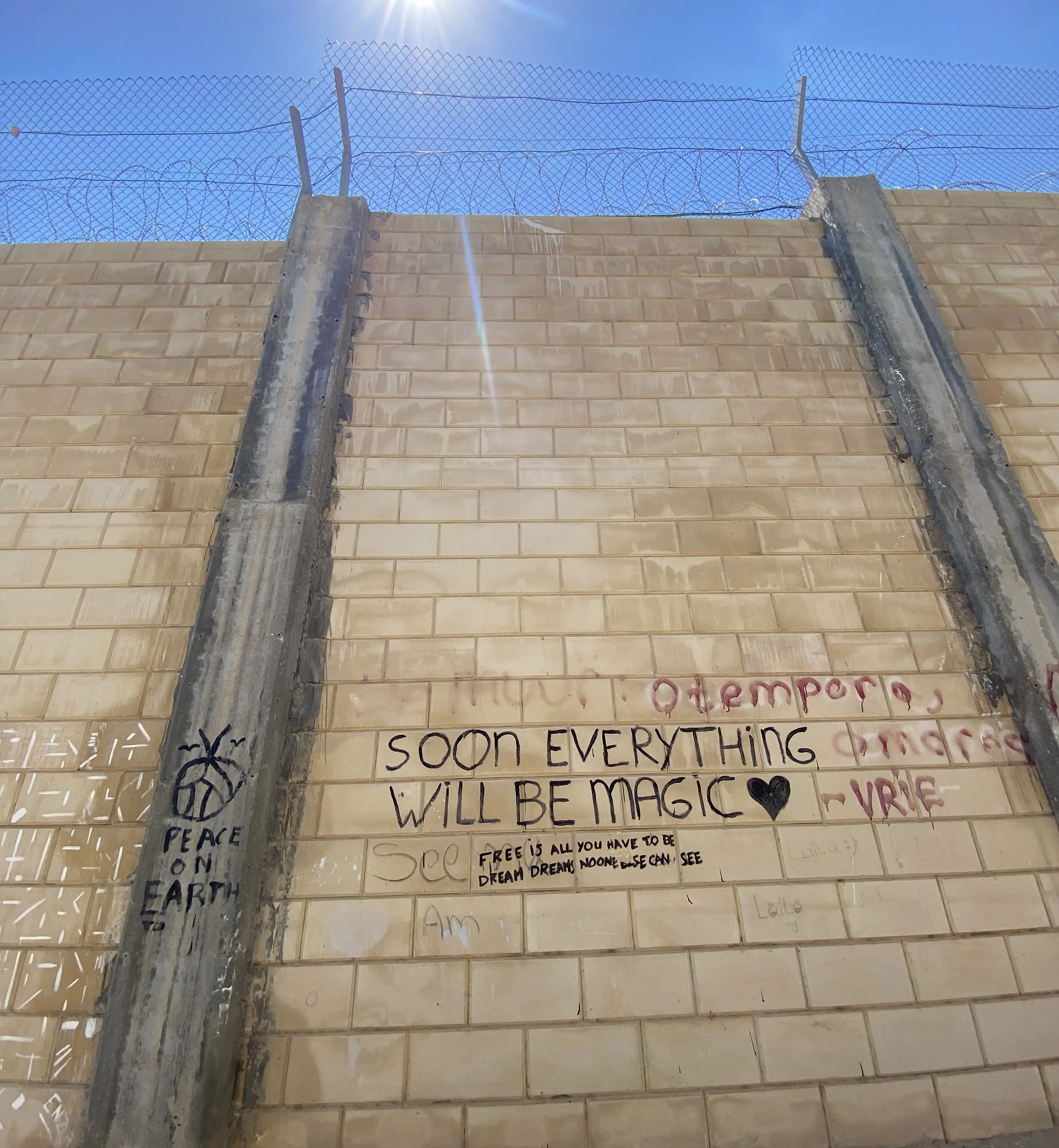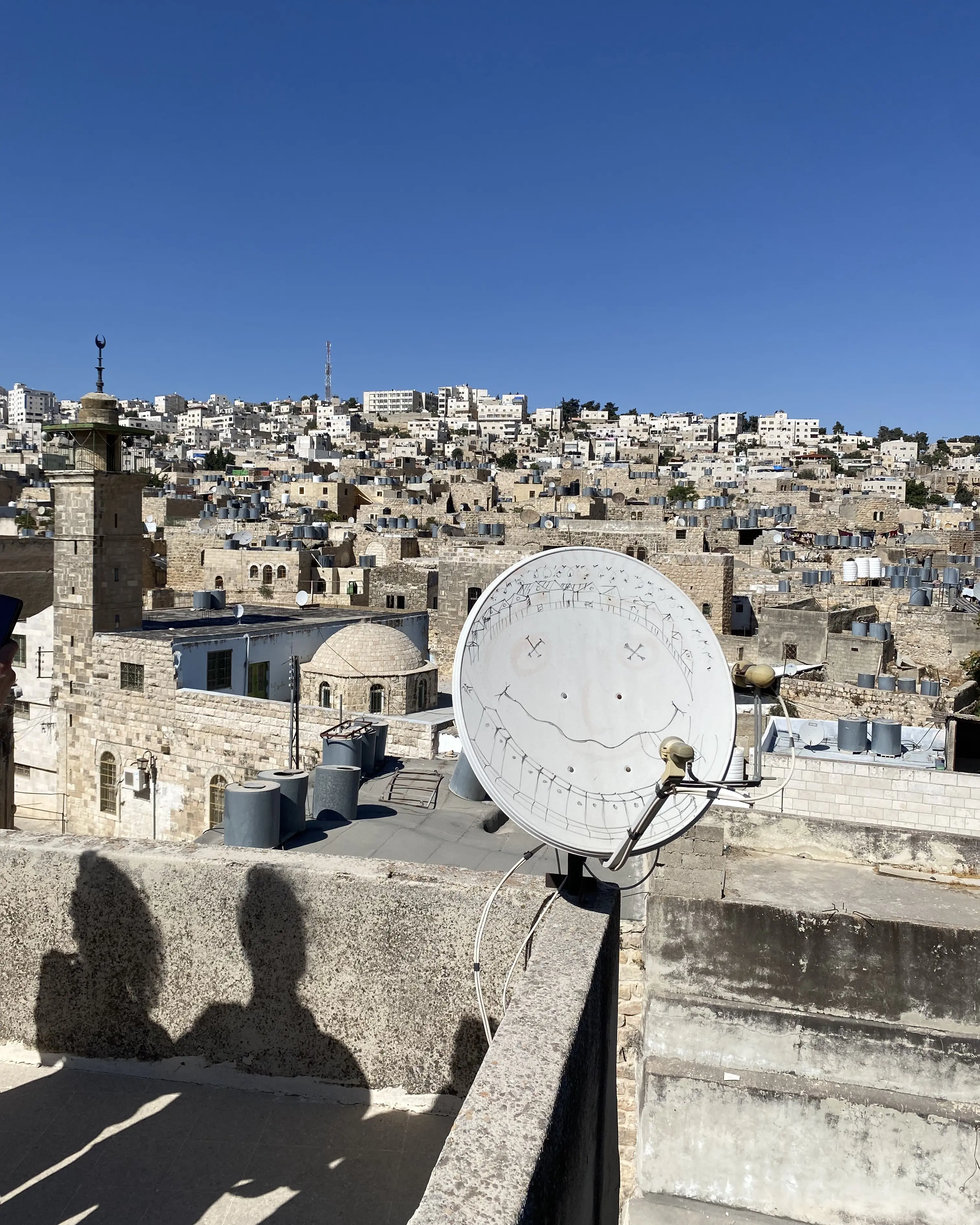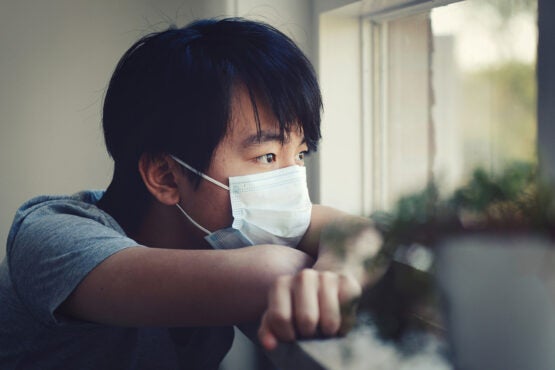COP15
Warning Biological Diversity Conference ‘We are Treating Nature Like a Toilet’, Secretary-General Calls for Global Biodiversity Framework
Following are UN Secretary-General António Guterres’ remarks to the fifteenth Conference of the Parties to the United Nations Convention on Biological Diversity, in Montreal today:
Nature is humanity’s best friend. Without nature, we have nothing. Without nature, we are nothing. Nature is our life-support system. It is the source and sustainer of the air we breathe, the food we eat, the energy we use, the jobs and economic activity we count on, the species that enrich human life, and the landscapes and waterscapes we call home.
And yet, humanity seems hellbent on destruction. We are waging war on nature. This Conference is about the urgent task of making peace. Because today, we are out of harmony with nature. In fact, we are playing an entirely different song.
Around the world, for hundreds of years, we have conducted a cacophony of chaos, played with instruments of destruction. Deforestation and desertification are creating wastelands of once-thriving ecosystems. Our land, water and air are poisoned by chemicals and pesticides, and choked with plastics.
Our addiction to fossil fuels has thrown our climate into chaos — from heatwaves and forest fires to communities parched by heat and drought or inundated and destroyed by terrifying floods.
Unsustainable production and consumption are sending emissions skyrocketing, and degrading our land, sea and air. Today, one third of all land is degraded, making it harder to feed growing populations. Plants, mammals, birds, reptiles, amphibians, fish and invertebrates are all at risk. A million species teeter on the brink. Ocean degradation is accelerating the destruction of life-sustaining coral reefs and other marine ecosystems — and directly affecting those communities that depend on the oceans for their livelihoods.
Multinational corporations are filling their bank accounts while emptying our world of its natural gifts. Ecosystems have become playthings of profit. With our bottomless appetite for unchecked and unequal economic growth, humanity has become a weapon of mass extinction. We are treating nature like a toilet. And ultimately, we are committing suicide by proxy.
Because the loss of nature and biodiversity comes with a steep human cost. A cost we measure in lost jobs, hunger, diseases and deaths. A cost we measure in the estimated $3 trillion in annual losses by 2030 from ecosystem degradation. A cost we measure in higher prices for water, food and energy. And a cost we measure in the deeply unjust and incalculable losses to the poorest countries, Indigenous populations, women and young people.
Those least responsible for this destruction are always the first to feel the impacts. But, they are never the last. This Conference is our chance to stop this orgy of destruction. To move from discord to harmony. And to apply the ambition and action the challenge demands.
We need nothing less from this meeting than a bold post-2020 global biodiversity framework. One that beats back the biodiversity apocalypse by urgently tackling its drivers — land- and sea-use change, overexploitation of species, climate change, pollution and invasive non-native species. One that addresses the root causes of this destruction — harmful subsidies, misdirected investment, unsustainable food systems, and wider patterns of consumption and production.
One that supports other global agreements aiming at protecting our planet — from the Paris Agreement on climate change, to agreements on land degradation, forests, oceans, chemicals and pollution that can bring us closer to achieving the Sustainable Development Goals. And one with clear targets, benchmarks and accountability. No excuses. No delays. Promises made must be promises kept. It’s time to forge a peace pact with nature. This requires three concrete actions.
First — Governments must develop bold national action plans across all ministries, from finance and food to energy and infrastructure. Plans that repurpose subsidies and tax breaks away from nature-destroying activities towards green solutions like renewable energy, plastic reduction, nature-friendly food production and sustainable resource extraction. Plans that recognize and protect the rights of Indigenous Peoples and local communities who have always been the most effective guardians of biodiversity. And national biodiversity finance plans to help close the finance gap.
Second — the private sector must recognize that profit and protection must go hand-in-hand. In our globalized economies, businesses and investors count on nature’s gifts from all corners of the world. It’s in their best interests to put protection first. That means the food and agricultural industry moving towards sustainable production and natural means of pollination, pest control and fertilization. It means the timber, chemicals, building and construction industries taking their impacts on nature into account in their business plans.
It means the biotech, pharmaceutical and other industries that use biodiversity sharing the benefits fairly and equitably. It means tough regulatory frameworks and disclosure measures that end greenwashing and hold the private sector accountable for their actions across every link of their supply chains. And it means challenging the relentless concentration of wealth and power by few that is working against nature and the real interests of the majority. Businesses and investors must be allies of nature, not enemies.
And third — developed countries must provide bold financial support for the countries of the Global South as custodians of our world’s natural wealth. We cannot expect developing countries to shoulder the burden alone. We need a mechanism that can ensure developing countries have more direct, simpler and faster access to much-needed financing. We know all too well the bureaucratic hurdles that exist today.
International financial institutions and multilateral development banks must align their portfolios with the conservation and sustainable use of biodiversity. And as a global community, we need to stand with all countries as they protect and restore their ecosystems following decades and centuries of degradation and loss.
These natural environments have given us so much. It’s time to give back. The most important lesson we impart to children is to take responsibility for their actions. What example are we setting when we ourselves are failing this basic test?
I am always deeply inspired by the young environmental activists around the world calling for change and action. But. I am also keenly aware that we cannot pass the buck to them to clean up our mess. It is up to us to accept responsibility for the damage we have caused and take action to fix it. The deluded dreams of billionaires aside, there is no Planet B.
We must fix the world we have. We must cherish this wonderous gift. We must make peace with nature. I urge you to do the right thing. Step up for nature. Step up for biodiversity. Step up for humanity. Together, let’s adopt and deliver an ambitious framework — a peace pact with nature — and pass on a better, greener, bluer and more sustainable world to our children.
Thank you.
Humanity is "at war with nature", says the United Nations' environmental chief at the start of a key biodiversity summit in Montreal.



















